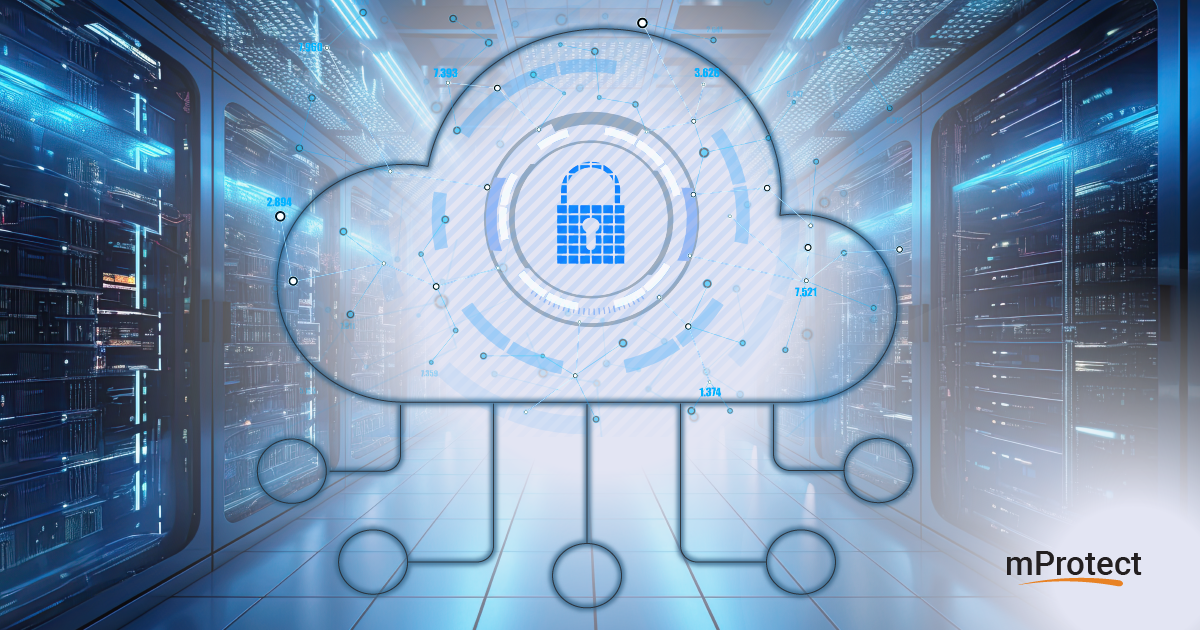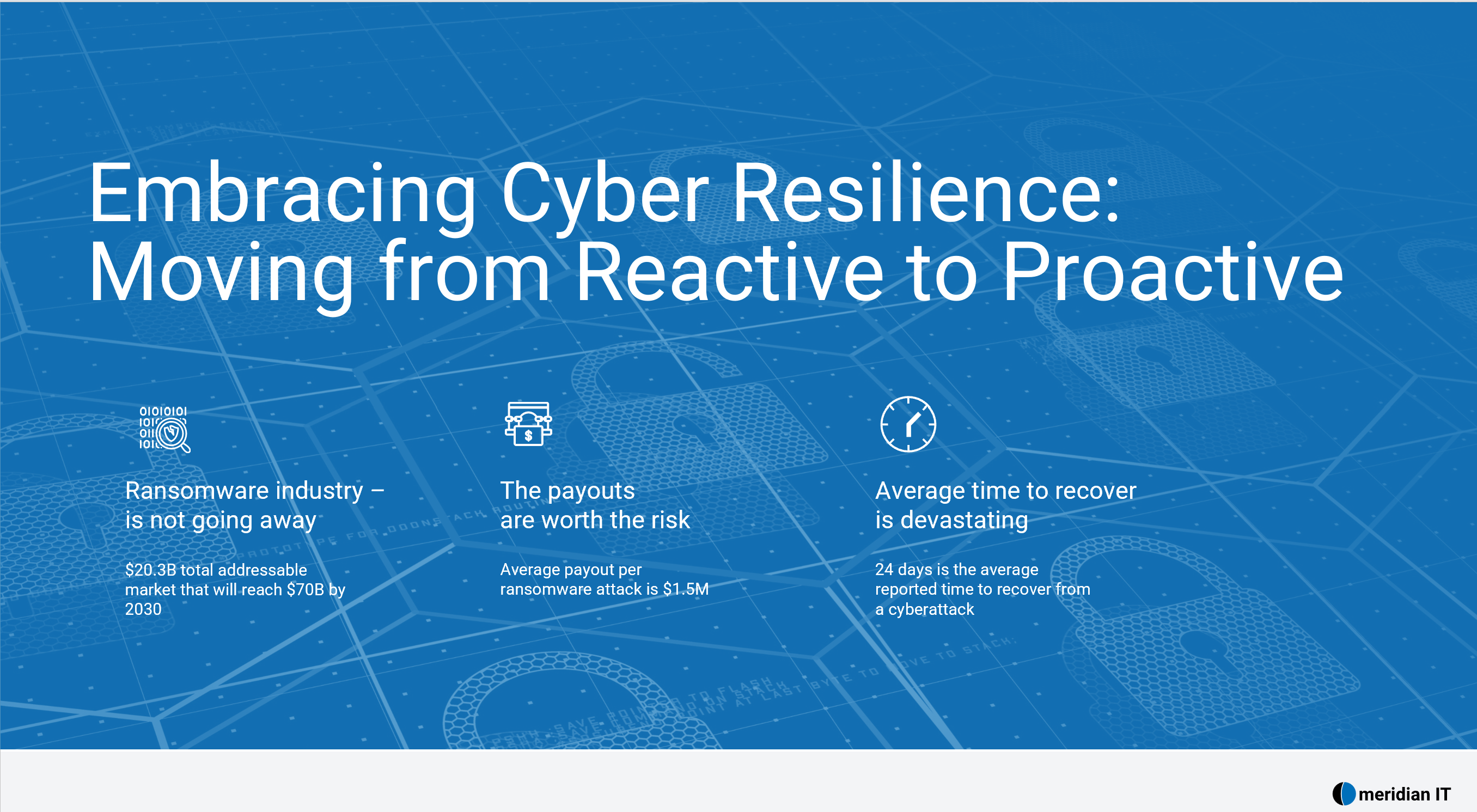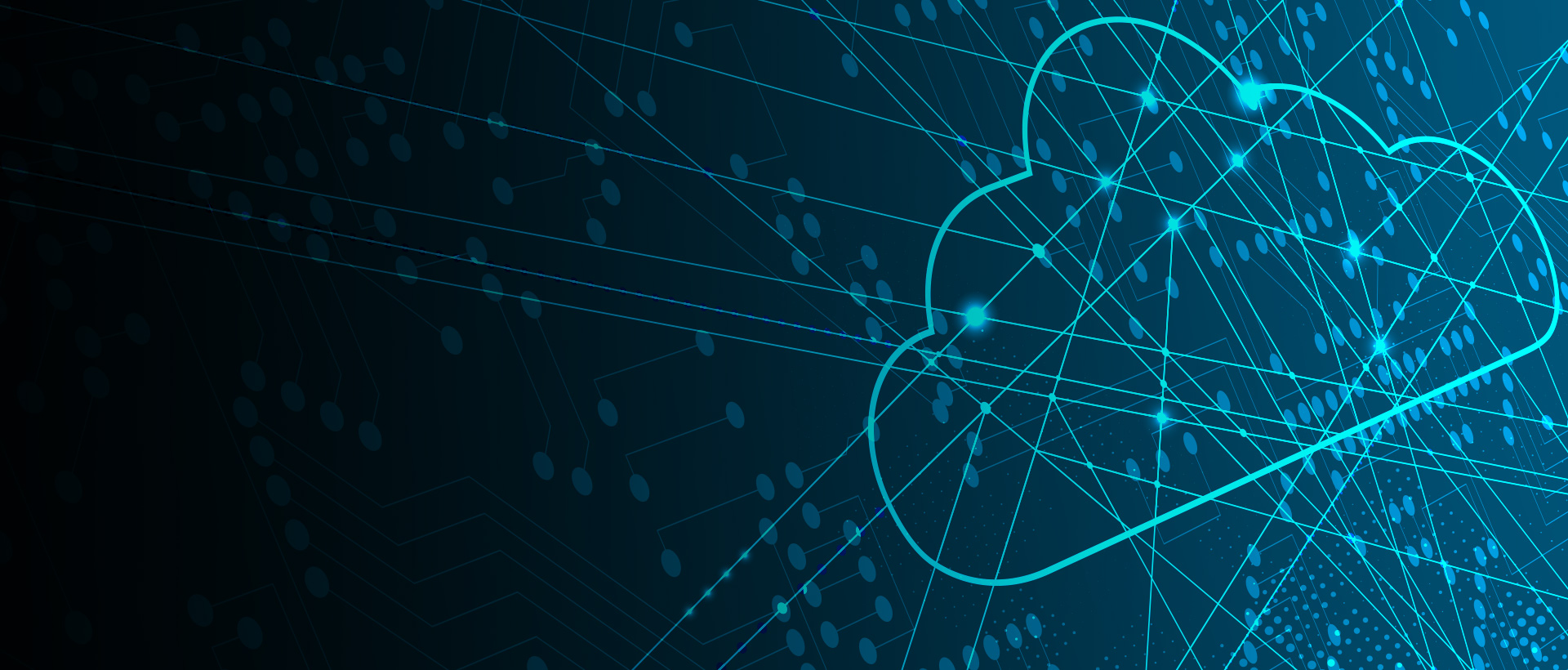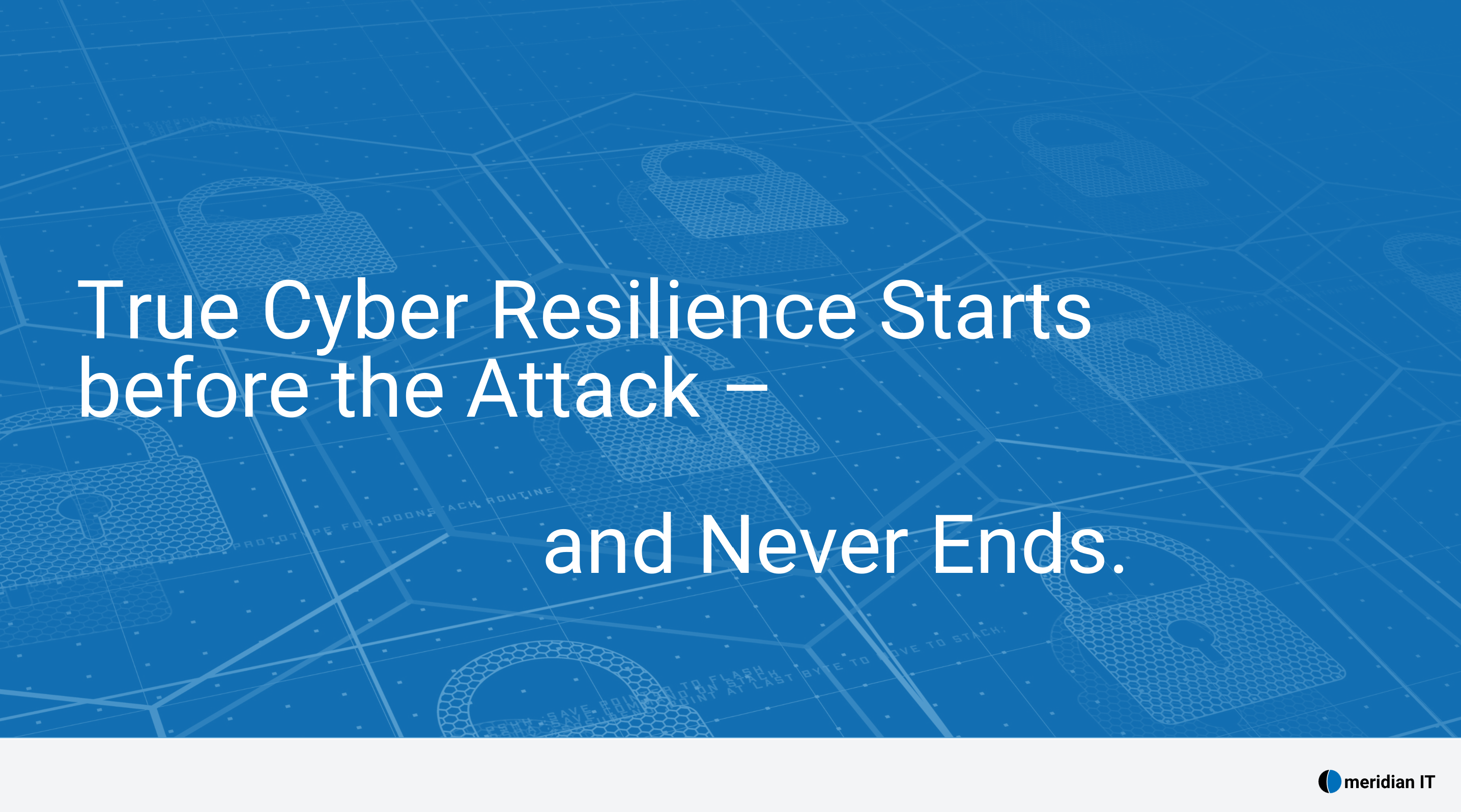In today's rapidly evolving digital landscape, protecting critical data from cyber threats is paramount. Two key strategies in this domain are virtual air gapping and immutable storage. Both play crucial roles in safeguarding data, but they operate differently.
What is Air Gapping?
Air gapping refers to the practice of isolating data or systems in such a way that they are not directly accessible from unsecured networks. This method provides a logical separation, creating a secure environment that is highly resistant to cyber threats.
Why is Air Gapping Important?
Air gapping is vital because it creates a defensive barrier against unauthorized access, ransomware, and other cyberattacks. By ensuring data is isolated from interconnected networks, air gapping minimizes the risks that could arise from breaches or vulnerabilities in cloud or on-premise infrastructures. It guarantees that a network compromise will not instantly put critical data at risk.
The Air Gap Backup Difference
When looking for the right air gap protection it’s imperative to find a solution that leverages a hardened, multi-layered approach to ransomware readiness, embodying the principles of virtual air gapping. Here are some key features:
- Hardened Security: Utilize robust controls to prevent threats and ensure data is highly available and recoverable from cyberattacks.
- Immutable, Air-Gapped Data Copies: Data copies are both immutable (unchangeable) and air-gapped, meaning they are isolated from the main network to prevent unauthorized access.
- Advanced Anomaly Detection: Built-in mechanisms detect unusual activities, signaling potential cyber threats before they cause damage.
- Built-in Encryption: Comprehensive encryption protects data at rest and in transit, adding an extra layer of security.
- Cloud Integration: Built on a public cloud that offers durability, security, scalability, and performance, protecting business data from evolving cyber threats.
What is Immutable Storage?
Immutable storage refers to data storage systems where once data is written, it cannot be altered or deleted. This immutability ensures that data remains in its original state, providing a reliable way to preserve data integrity and prevent tampering.
Why is Immutable Storage Important?
Immutable storage plays a crucial role in safeguarding data against tampering, ransomware, and unauthorized modifications. By ensuring data cannot be altered once written, it establishes trust in data integrity for compliance, legal purposes, and continuous protection from cybercriminals. This reliability is especially important in sensitive business sectors such as finance, healthcare, and legal.
Air Gap vs Immutable Backups: Key Differences
Isolation vs. Immutability
- Air Gapping: Focuses on isolating data from unsecured networks to prevent unauthorized access. It's about creating a secure, isolated environment.
- Immutable Storage: Ensures that data, once written, cannot be altered or deleted. It's about preserving data integrity over time.
Use Cases
- Air Gapping: Ideal for scenarios requiring stringent access controls and isolation, such as protecting sensitive corporate data from ransomware attacks.
- Immutable Storage: Suited for legal compliance, archival purposes, and environments where data integrity is critical.
Implementation
- Air Gapping: Implemented through logical separation and network segmentation, often combined with advanced security measures like anomaly detection and encryption.
- Immutable Storage: Achieved through write-once-read-many (WORM) technologies, ensuring that data cannot be altered after being written.
Addressing Cloud-Based Ransomware Protection Challenges with Air Gap and Immutable Storage Solutions
As organizations increasingly adopt cloud storage, several challenges arise:
- Increasing Costs: Managing and optimizing costs as cloud usage expands is crucial.
- Reliable Ransomware Protection: Ensuring data is securely air-gapped and offsite to prevent ransomware from accessing and encrypting valuable data.
- Trusted Backup and Recoverability: Maintaining reliable backup and recovery solutions to protect an organization’s most valuable asset—its data.
Both virtual air gapping and immutable storage are essential components of a comprehensive cyber resilience strategy. By understanding their differences and applications, organizations can better safeguard their critical data from cyber threats.
Why You Need Both Air Gapping and Immutable Storage
Air gapped and immutable storage solutions each provide vital layers of protection, but together, they offer an even more robust defense against cyber threats. Air gapped storage isolates backups, preventing direct access from compromised networks. Immutable storage ensures data integrity by making it unchangeable after it's written, protecting against alterations by ransomware.
Combining these two strategies enhances data security. While air gapping reduces exposure to external threats, immutability guarantees the reliability of backup data, even if the original system is compromised. Together, they help ensure that your data remains intact and recoverable, which is critical for maintaining operational continuity in the face of ransomware or other cyber attacks.
Air Gap and Immutable Backups: Your Next Step to Becoming Cyber Resilient
Meridian IT and Commvault have teamed up to create a solution that ensures your company is cyber resilient. True cyber resilience starts before the attack and it never ends. It’s an ongoing process across practices to understand your risk profile and improve your data security posture. This process includes ensuring readiness with early warning of attacks and ransomware infections, the ability to validate clean recovery points, and testing recovery before a cyber event. When it’s time to recover, it’s crucial to have a bulletproof, predictable, and frictionless recovery at any scale.
How do you achieve this? By ensuring you have a team of experts that can help you shift from merely protecting your data through backups to instituting a three-pronged approach for cyber resilience. This approach focuses on your risk profile, ensures your readiness for an attack, and guarantees your recovery is as quick as possible. Integral to this strategy are air gapping and immutable storage, which provide advanced layers of security for your data.
Leverage Commvault’s Air Gapped and Immutable Backups with Meridian IT
Meridian’s mProtect solution enables you to do just that. By leveraging Commvault’s best-in-class suite of cyber resilience software, our team of experts will conduct continuous data scanning, risk assessments, and remediation plans to analyze your risk profile. They will ensure you’re ready for any type of attack through early warnings, threat detection, and recovery testing. Your backups are secured, encrypted, air-gapped, and immutable, leveraging a robust ecosystem of integrations. Air gapping isolates your data from the network, preventing unauthorized access, while immutable storage ensures that your backups cannot be altered or deleted, providing an additional safeguard against ransomware attacks.
All this is provided through a simplified, flexible monthly consumption model that bundles Commvault software, Meridian managed services, and optional hardware. With these measures in place, you can rest assured that your data is protected and your business is prepared to handle any cyber threat. Ready to get started? Learn more now.




